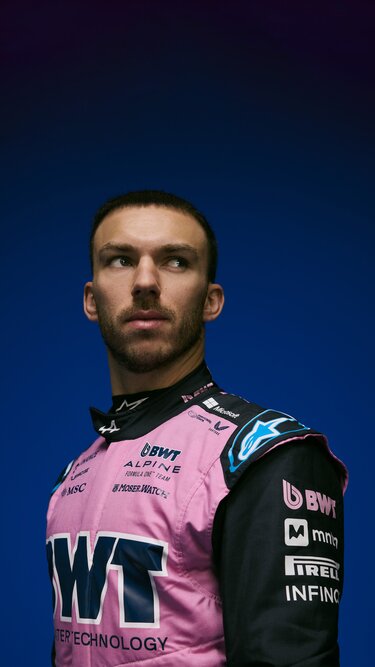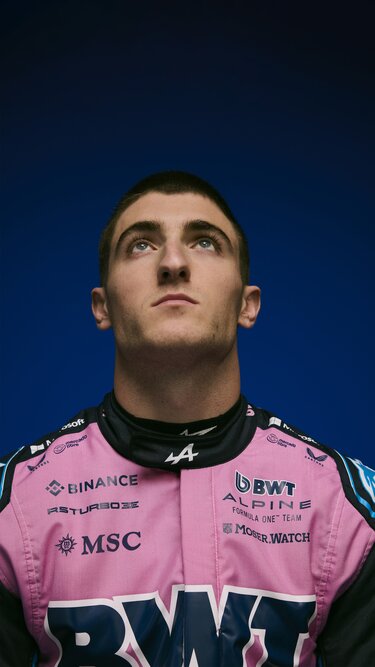
BWT Alpine F1®-Team
Höher hinaus
Die Alpine A525 vereint Know-how und Innovation auf der ständigen Suche nach Leichtigkeit und ultimativer Leistung.

ENTWICKELT FÜR LEICHTIGKEIT
DAS CHASSIS DER A525 BESTEHT AUS EINEM MONOCOQUE AUS CARBONFASER UND ALUMINIUM IN WABENSTRUKTUR, GEFERTIGT VOM BWT ALPINE F1®-TEAM MIT FOKUS AUF MAXIMALE STABILITÄT BEI MINIMALEM GEWICHT.

Ausweiten der Grenzen des Möglichen

Von der Rennstrecke auf die Straße
Die Arbeit an der Aerodynamik und an leichten Materialien, die direkt auf der Strecke erprobt werden, steckt in jedem einzelnen Modell von Alpine. Unser Ziel: ein erstklassiges Fahrerlebnis.
Unsere Fahrer
Entdecken Sie auch
WEC

Shop

F1®-Saison 2025 – live mitverfolgen

Unsere Partner





